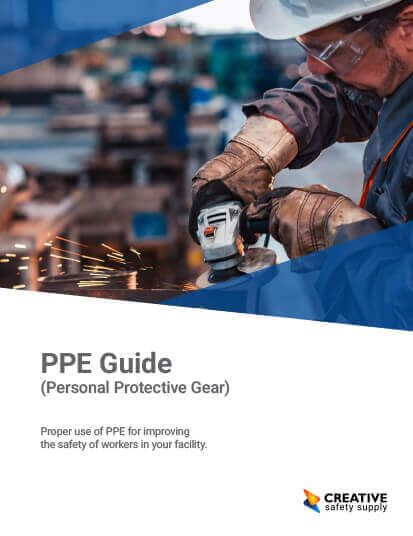
Hi-Vis, or high visibility, clothing is a type of personal protective equipment designed to get the user noticed immediately. Unlike many other forms of PPE, hi-vis clothes do not act as a physical barrier between the wearer and their body. Instead, hi-vis vests, pants, coveralls, and hats are made with materials bright enough to be seen from a distance and in dark areas. Some hi-vis clothing also features reflective stripes or patches for increased visibility.
In the United States, hi-vis protective wear is regulated by the ANSI/ISEA 107-2015 Standard for High-Visibility Safety Apparel and Accessories. The standard includes guidelines for selecting the right clothing for the user to be easily discernable in daylight, in low-light conditions, and at night.
ANSI/ISEA 107-2015 focuses on:
- Design: The ANSI/ISEA standard details design guidelines and establishes photometric requirements. How are the materials and colors being used to enhance visibility?
- Component Colors: Fluorescent yellow-green, fluorescent orange-red, and fluorescent red are the three colors to choose from for background and combined performance material.
- Garment Types + Classes: To help employers choose the right apparel for the expected environment, there are three types of classification outlined in the ANSI/ISEA 107-2015:
- Type O: Clothing designed for workers not already covered under the Manual on Uniform Traffic Control Devices (MUTCD) but are still working in an environment with moving equipment and vehicles.
- Type R: Garments meant for those working near roadway traffic; this type is federally regulated per the MUTCD 2009.
- Type P: Hi-vis PPE that gives additional options for fire, police, and emergency personnel.
These types are further broken down into classes 1, 2, or 3, based on performance.
- Retroflective Material: The ANSI/ISEA standard designates the use of retroflective material on hi-vis clothing to ensure highest possible level of visibility. For instance, Reflective bands on the shoulder will give the wearer 180 degrees of visibility and a horizontal reflective trim around the waist of a shirt will provide the user with 360 degrees of visibility.
Complete a risk assessment of the workplace before selecting any PPE. Take notes of colors used in the area, observe for any hazards, and document the lighting. Review ANSI/ISEA 107-2015 to determine the types and classes of apparel for your facility and decide and what items will be most effective for employees: hats, gloves, balaclavas, pants, t-shirts, jackets, long-sleeve shirts, vests, hard hats, etc.


